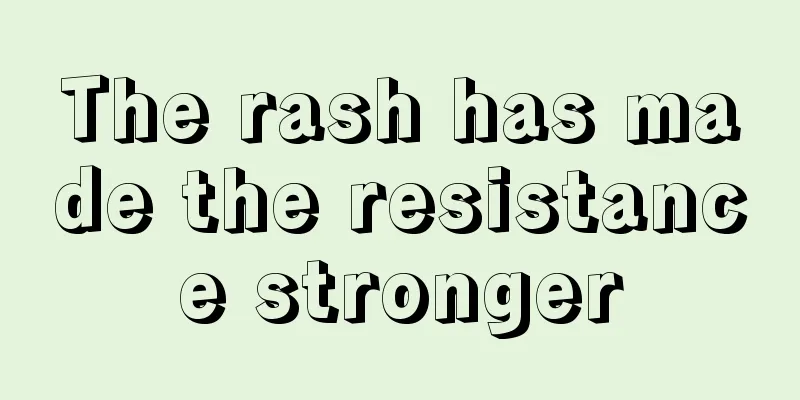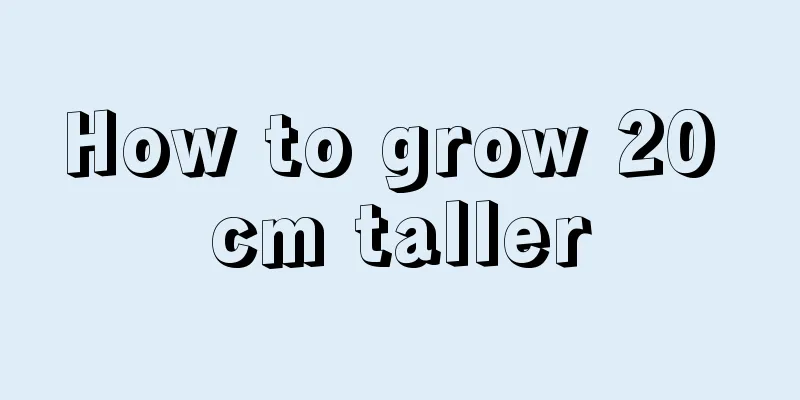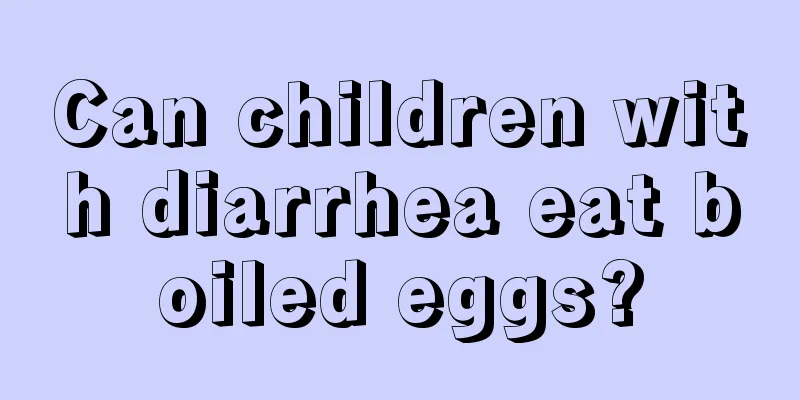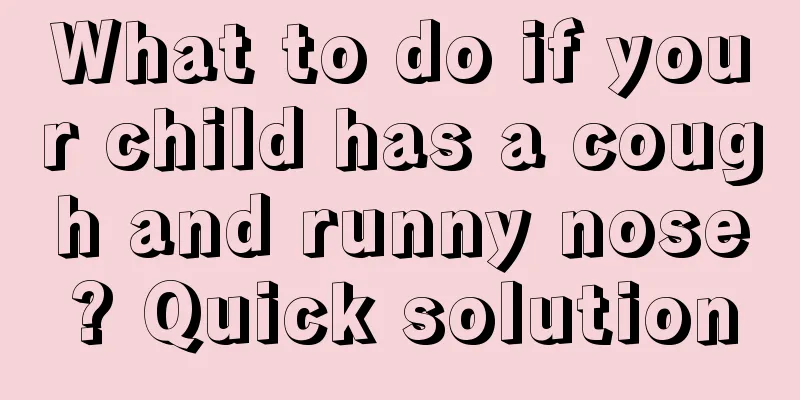Four-month-old baby's neck is not stable

|
The baby's neck is not stable at four months old. Generally, the neck of a child can be very stable at about three months. So if the neck is still not stable at four months old, parents will inevitably be anxious. However, it is difficult to say what the reason is because the child's physique, eating habits and whether he exercises regularly will affect the child's development. However, as long as the child is in good spirits, loves to eat and sleep, there is basically no problem. Individual development differences are also related to the baby's personality. More exercise can help the baby. Baby's development indicators at 4 months Boys: Height 57.9-71.7cm; weight 5.25-10.39kg; head circumference 38.0-45.9cm. Baby girl: height 56.7-70.0cm; weight 4.93-9.66kg; head circumference 37.2-44.6cm. Detailed explanation of baby's 4-month development indicators Fontanelle: By the end of the 4th month, the posterior fontanelle will have closed; the head will still appear larger because it grows faster than the rest of the body, which is perfectly normal. Neck: At 4 months, your baby's head is able to remain stable in all directions. Lower extremities: Your child can flex and straighten his legs voluntarily, and when he is placed on his feet to stay upright, he will push down and straighten his legs. Fingers: Compared with before, the thumb is relatively flexible when holding things, and the legs can support the body when standing. Small movements: Reaching for suspended toys; grasping accurately; reaching out and approaching objects. Gross movements: supporting with forearms; turning over; being able to sit. Movement: He can lift his head and chest when supported on his elbows and can raise his head to 90 degrees with his shoulders when in prone position. When held in the arms, the child's head can stand upright and steady. The child flexes and straightens the leg voluntarily. He would then try to bend his knees and discover that he could jump. Vision: Flexible sight, able to shift from one object to another; good head-eye coordination, both eyes can follow moving objects from side to side, move 180°, and track objects. Can observe lumps of about 1 cm. At the end of 4 months, both eyes can see the same object, and the coordination between the two eyes is good. Hearing: Laugh out loud when happy. He makes a gurgling sound when someone talks to him. Be interested in your own voice and utter some single syllables, repeating them over and over again. Language: babbling; learning to make sounds. Social: Loves to touch mom's face; likes to play hide-and-seek. Cognition: Searching for objects; turning head toward the source of sound; sensing and recognizing his mother and people with familiar faces; liking to look in the mirror; having a great interest in things around him and liking to play with others. Independence: Licking with a spoon, regular sleeping habits. During this stage, the baby's salivary glands are developing, he will drool frequently, and he likes to suck his fingers. Compared with before, the body coordination is enhanced, the movements and postures are relatively skillful, and can be symmetrical. |
<<: What to do if your child has wind pimples
>>: Why is it that atypical lymphocytes are high in children?
Recommend
How to make a three-month-old baby lift his head?
Many parents don’t know much about the issue of b...
What’s wrong with the child who is dazed and absent-minded?
Sometimes we get distracted in our daily lives, w...
What to do if your baby's nasal concha is swollen
The main causes of baby's nasal concha hypert...
What happens when children drink beer?
Many adults like to drink beer, especially in the...
What should I do if my 4-year-old child has a fever and stomachache?
Nowadays, most families have only one baby. Whene...
How old does a baby have to be to stop spitting up milk?
Spitting up in babies is a relatively common phen...
Should a child's rotten teeth be extracted?
If a child's molars are rotten, whether or no...
What time should children go to bed for the best growth?
Nowadays, parents are more concerned about their ...
Causes of thick stools in children
In life, many of us parents often encounter the p...
Three-year-old baby suddenly has a fever
Usually if people have a fever it is because of a...
Treatment of infantile tics
According to surveys, the number of patients with...
What is the cause of blood in the stool of children?
We all know that the baby's stool can best re...
What to do if your child cannot pronounce words clearly
When a child comes into this world from his paren...
How to treat baby's cough and fever
Coughing and fever are common symptoms in babies....
What causes heart pain in children?
We know that heart disease is a disease that thre...









